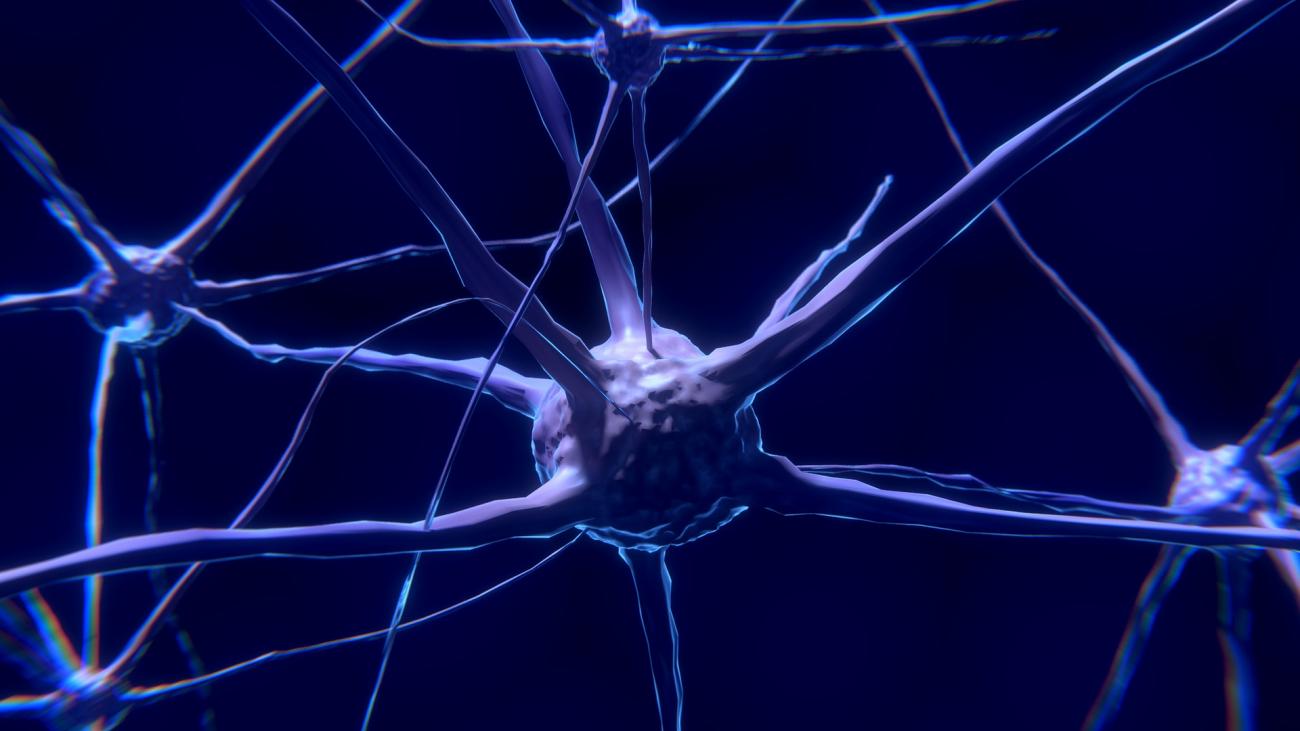What the fly’s eye tells the fly’s brain…and beyond: A journey through the Fly Connectome
Over 60 years ago, Jerome Lettvin and colleagues published a seminal paper establishing that the frog retina did not simply relay mosaic luminance patterns to the brain, but, rather, processed and organized visual signals, sending the brain information about visual patterns, or features, of ethological relevance. Subsequent work has identified similar feature detectors in the retinal ganglion cells of other species. However, it remains unclear how visual features are used by downstream microcircuits to guide behavior, partially because these pathways are difficult to follow through the large number of cells in the central brain. In the vinegar fly, Drosophila melanogaster, a map of chemical synaptic connections between neurons, a ‘connectome,’ is now available for most of the central brain and the entire ventral nerve cord. This connectome allows us to follow connections from the optic lobes, through the central brain, to premotor circuits and motor neurons. I will describe my lab’s work using the connectome to guide experiments into the function of these visual circuits. We have surveyed the feature tuning of a set of 10 Lobula Columnar cell types, which project from the optic lobe to the brain. We learned that half of these are tuned to looming, the visual expansion cues projected on the retina by a rapidly approaching object, such as a predator. Using the connectome, we then go further into the brain, to examine how these feature detecting cells pass information to downstream partners that ultimately guide the selection of the fly’s response to a predation attempt. Our work demonstrates the critical utility of a synapse-level connectivity map in uncovering circuit mechanisms for how animals process sensory information and use it to guide behavior.
Dr. Gwyneth Card is an Associate Professor at Columbia University.
NACS seminars are free and open to the public.



